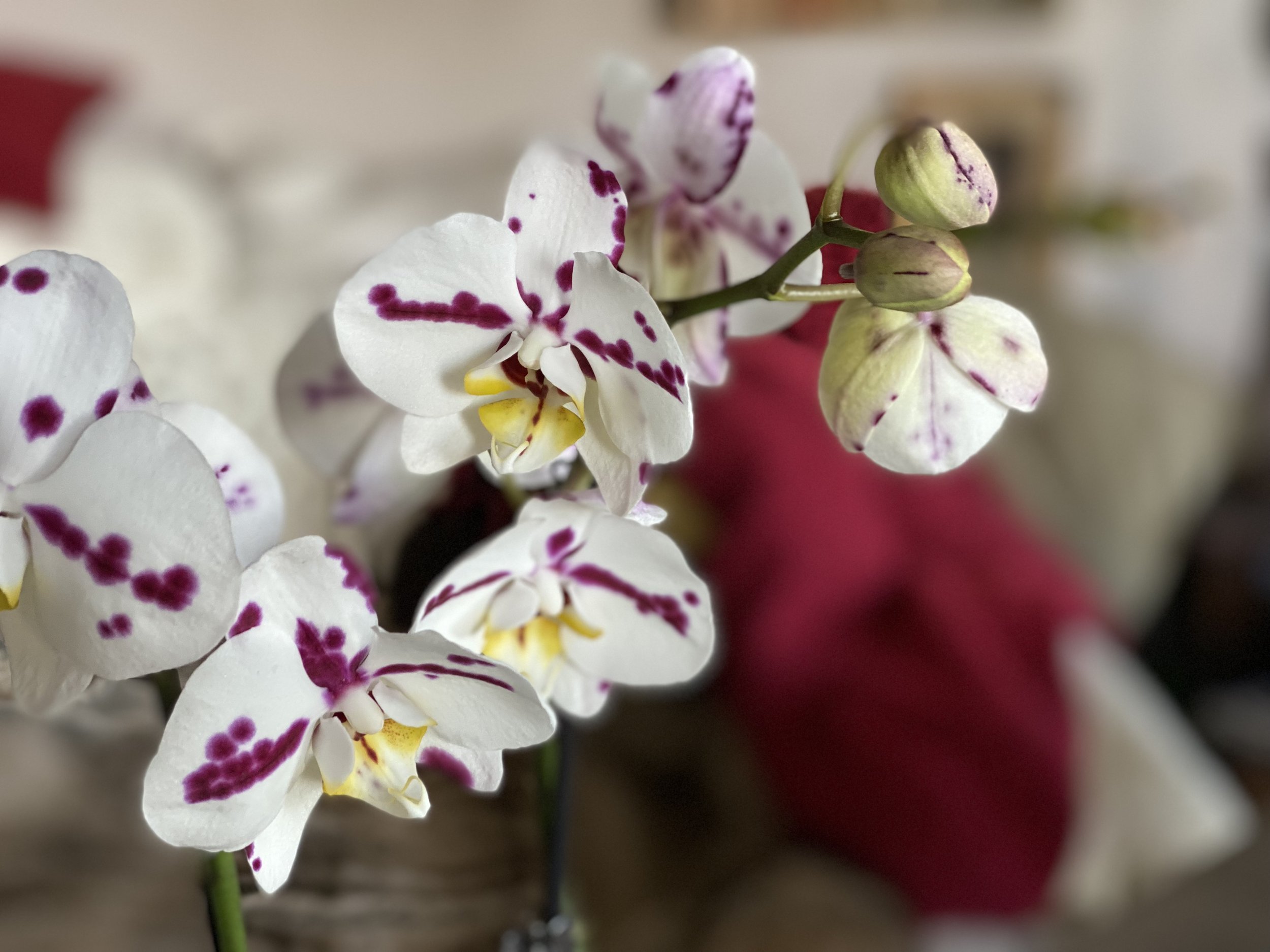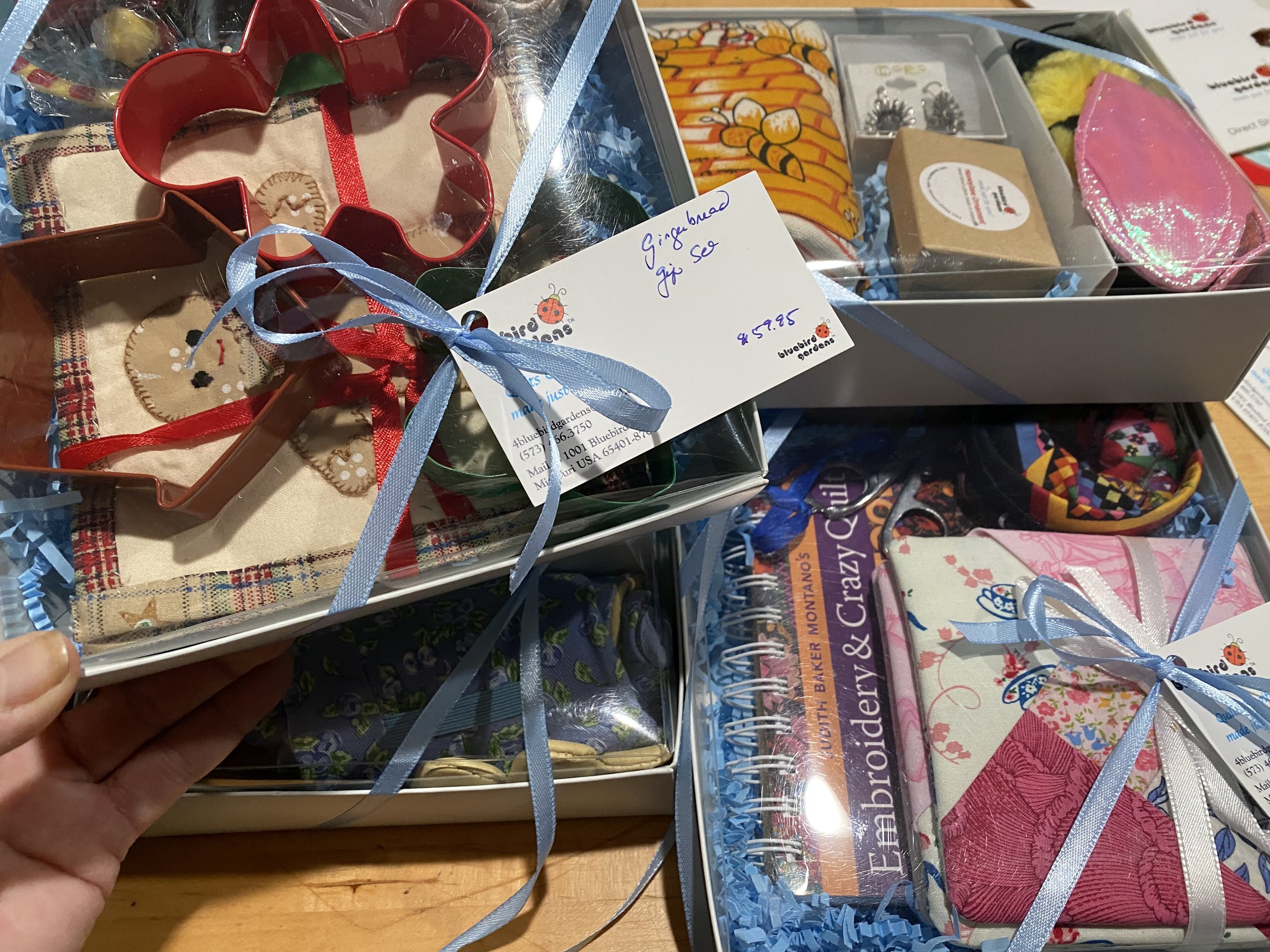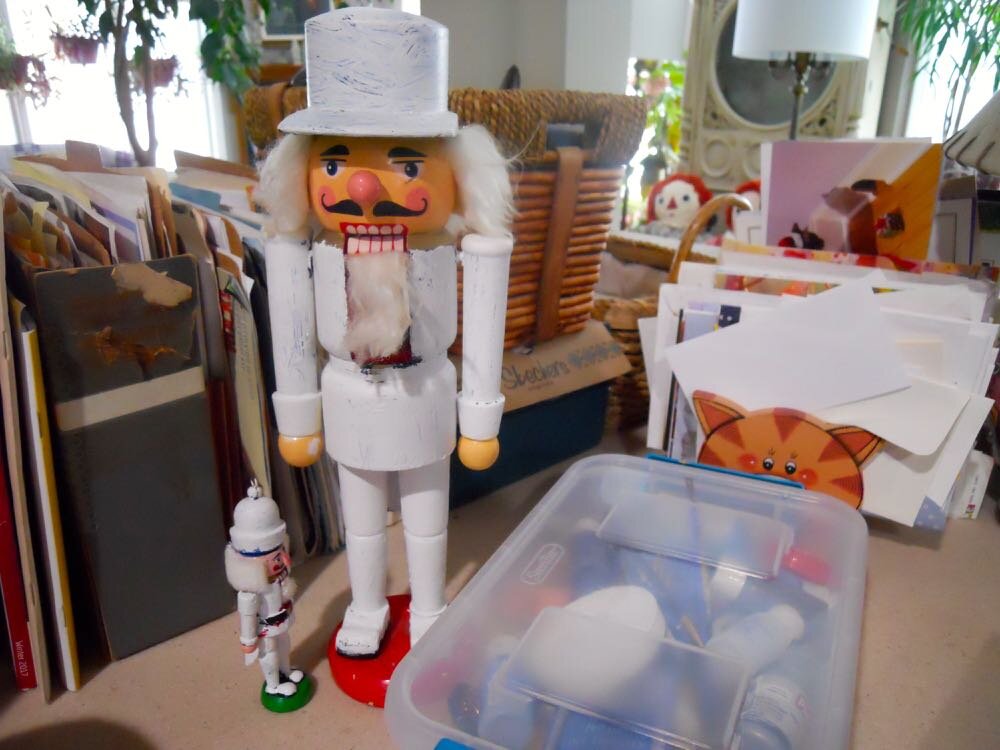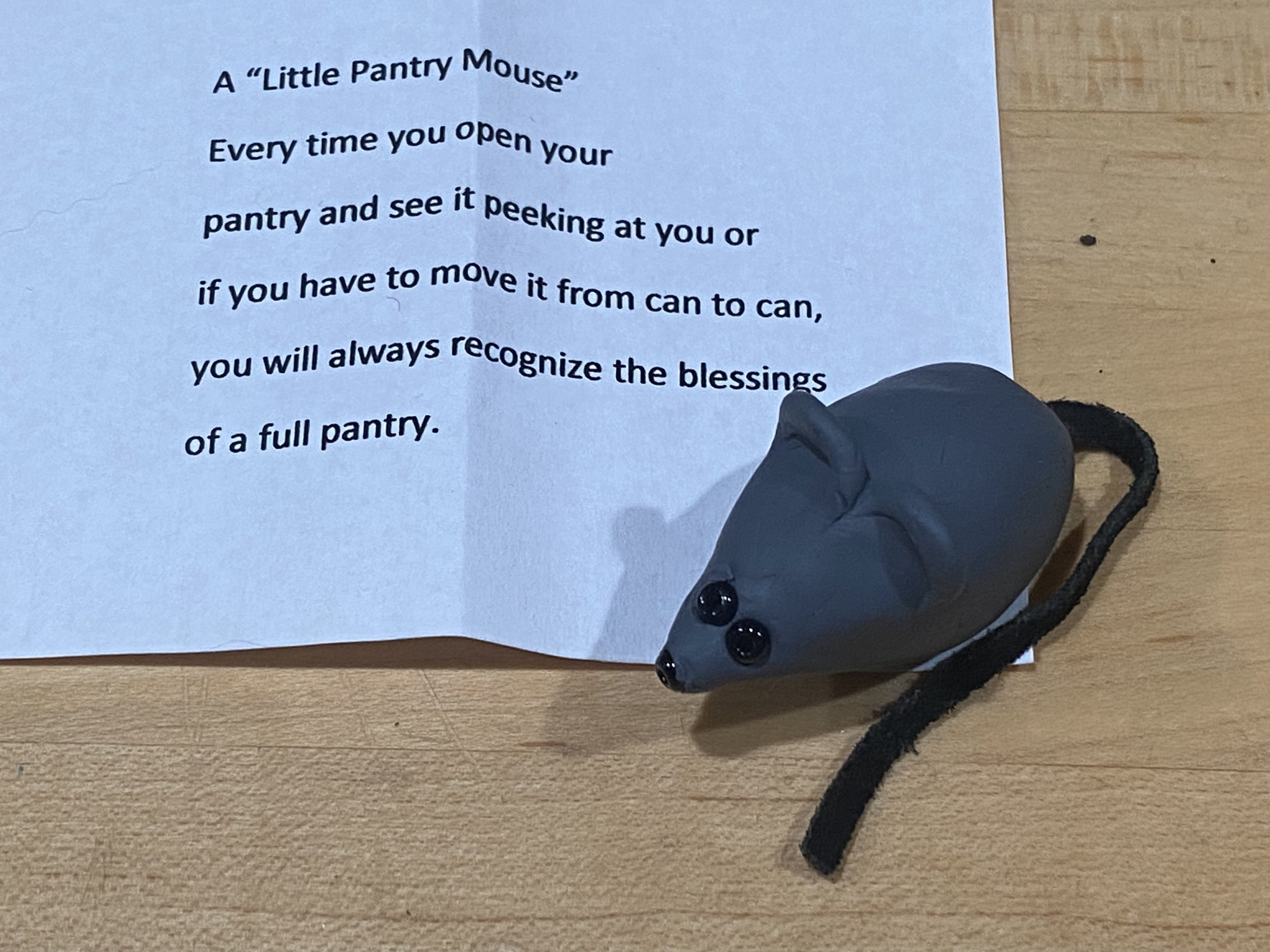Re-Blooming Moth Orchids
/favorite white moth orchids. (charlotte ekker wiggins photo)
Re-Blooming Moth Orchids
You’ve probably seen these in your local grocery store floral section and home and garden store. Maybe you were given one as a gift. Moth orchids are a favorite gift flower for major holidays from Christmas and Valentine’s Day to Mother’s Day.
I love giving moth orchids as gifts myself because they are easy to grow and, with a little exposure to cool conditions, will re-bloom year after year.
Valentine’s Day gift moth orchid, love the polka dots! (Charlotte Ekker Wiggins photo)
Moth Orchids Background
Phalaenopsis Blume, commonly known as moth orchids, are a genus of about 70 species in the Orchid family.
Orchids in this genus have long, coarse roots, short, leafy stems and long-lasting, flat flowers arranged in a flowering stem that often branches near the end. These orchids are native to India, Taiwan, China, Southeast Asia, New Guinea and Australia with the majority in Indonesia and the Philippines.
Sign of new growth, a new moth orchid stem with buds. (Charlotte Ekker Wiggins photo)
I was given my first moth orchid a good 15 years ago or so. Since then, I keep a little stable of continuing-blooming orchids around the house. They not only are long-blooming but they are easy to grow.
Don’t Over Water
The biggest challenge is over-watering. If your moth orchid still has decorative foil around the pot, discard the foil and give the pot a saucer.
Some of these moth orchids are promoted as getting two ice cubes a week. I personally prefer not to give my tropical orchids something cold. I give them a splash of water once a week out of a room temperature watering can. If I had to guess, it’s closer to 1/8th cup of water.
Another option is to immerse your orchid in room temperature water for a few minutes, then let the water completely drain out of the orchid pot.
Indirect Light
Blooming moth orchid flowers will last longer if they are kept out of direct light.
In between blooming cycles, the orchids like indirect light as well. Mine seem to do well in southeast windows.
Cool Temperatures
Once they’ve finished blooming, I also move my moth orchids to the basement where they get indirect southern light. The basement is also cooler than the rest of the house and that cool period triggers new growth.
Give your orchid fertilizer only after it’s bloomed. I give mine half the recommended amount.
This is the 4th time these white moth orchids have re-bloomed. (Charlotte Ekker Wiggins photo)
Bug Management
Sometimes in winter some of my moth orchids will get aphids. A warm water bath following by a towel trying is a good start. Then I spray with alcohol to remove anything I missed.
Although there are a variety of different-colored moth orchids, the white ones are often used in TV studio and staged home decor.
Another white moth orchid currently in bloom. (Charlotte Ekker Wiggins photo)
This white moth orchid is another re-blooming one I’ve had for many years. To keep track of colors, I cut up an old blind and have the colors marked on the blind piece and snuck into the tree bark.
Not all of them, it’s still fun to now know what color will re-bloom until it does.
















